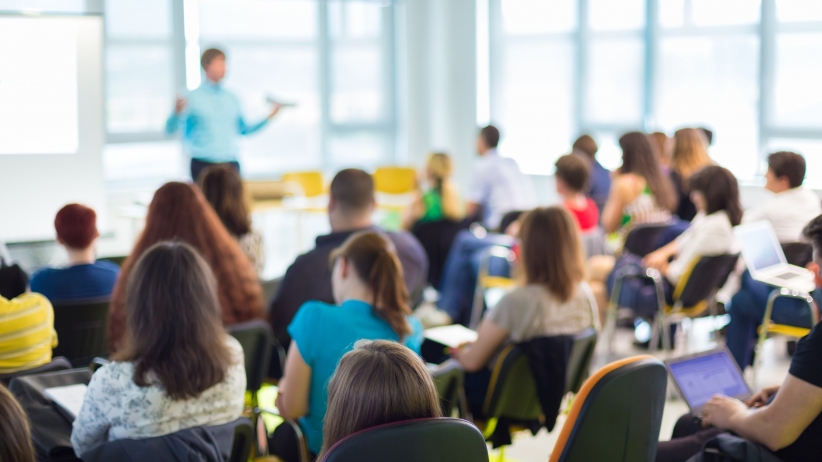
Educators are tasked with the necessary burden of preparing today’s students to shape tomorrow’s world as our next generation of thinkers, leaders and entrepreneurs — the tireless creators who are at the forefront of innovation and driving the world’s economy. Recently, we’ve seen the traditional learning models begin to evolve with the meaningful incorporation of technology, as we try to equip students with the digital literacy required of today’s employees. But, with technology constantly changing, can we actually predict what skills and knowledge today’s students will need to lead the future workforce?
This uncertainty about the future is precisely what defines the type of workers we’ll need: flexible and collaborative problem solvers. Where the traditional learning model leans heavily on memorization and discipline to create uniform, self-reliant students, the educational system must shift the focus from what students learn to how well students can apply knowledge to break barriers, chart their own paths and ignite their own career passions and interests. As we redefine the education environment through technology and innovative learning styles, we can prepare students to meet changing workplace expectations by teaching them how to learn, think and lead.
Mobility enhanced personalized education: Learning how to learn
Listen, cram, forget it: The students of yesteryear studied curriculum in order to regurgitate it for an essay or test, often leading to a one-dimensional understanding of the subject matter. The next generation of students will need the ability to take information one step further by applying it creatively in a number of situations.
Mobility has the power to change the learning model from “listen and learn” to “explore, create and learn.” At the touch of their fingertips, students now have access to not only the lessons held within their textbooks but the entire knowledge of our species. Most educators already recognize this opportunity, with nearly 71 percent of school districts reporting that at least a quarter of their schools have adopted mobile technology.
This type of self-guided learning plays a crucial role in developing troubleshooting and critical thinking abilities students will need down the road. Moreover, it expands learning beyond the classroom to a variety of other environments as students interact with their mobile devices at home, on the bus and in other casual instances where they probably wouldn’t have pulled out a textbook.
The Maker Movement: Learning how to think: a hands-on approach
While mobility creates new learning environments, makerspaces can add flexibility and structure to these environments to harness creativity and help students learn how to think by creating and building. Most people think of makerspaces as high tech, however low-tech versions and fabrication spaces, or “fab labs,” are just as useful in supporting innovation. The key is simply giving students a physical and/or virtual location to learn through experimentation, be creative and share ideas with one another in a “fail forward” environment.
Makerspaces help students learn how to problem solve by gleaning…

